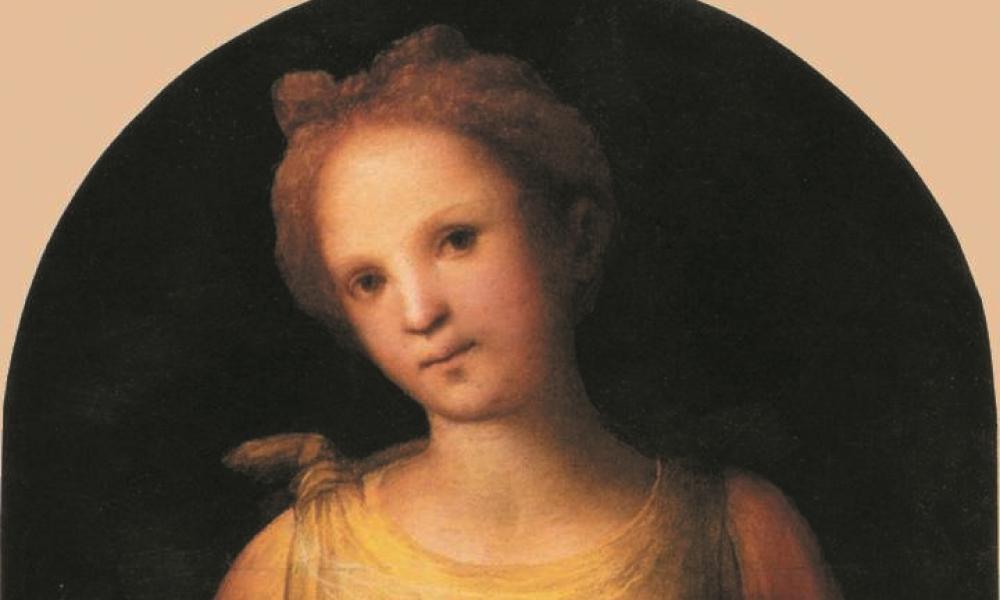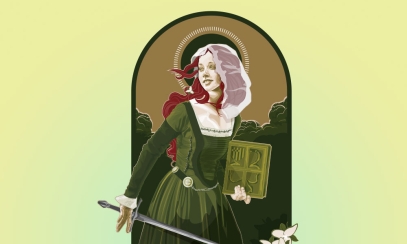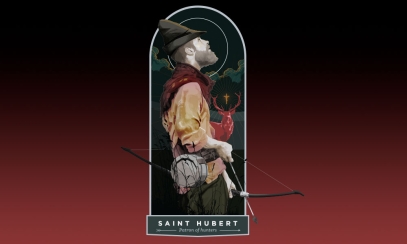
They Even Tried to Take Out Her Eyes: St. Lucy's Story
How did a fourth-century Sicilian martyr become the centerpiece of a Scandinavian holiday tradition? St. Lucy, who is often associated with pretty Swedish girls wearing candle-lit wreaths on their heads, never set foot in Sweden, but her name means “light,” and her Dec. 13 feast comes at a time of year when the short, dark days of winter begin to gain more light.
St. Lucy lived in Syracuse, Sicily, during the reign of the emperor Diocletian, who was known for his persecution of Christians. Lucy was a young virgin who had dedicated her life to Christ. When her mother arranged for her to marry a pagan man, Lucy protested that she belonged only to Christ. To help win her mother to her side, Lucy prayed at the tomb of St. Agatha (another Christian virgin) that her mother be cured of an illness she had suffered for a long time. Her mother was miraculously healed, and agreed not to marry off her daughter.
Unfortunately, the rejected suitor took revenge by telling authorities that Lucy was a Christian. The governor of Syracuse sent guards to capture Lucy and further instructed them to send her to a house of prostitution. However, God made Lucy’s body as heavy as a rock and the guards were unable to move her. Next, she was sentenced to be burned, but the flames did not harm her. Then, her eyes were put out but God restored them. Finally, Lucy died when a sword was put through her throat.
Stories of Lucy’s courage under persecution were very popular in the early Church, and references to her are found in Roman sacramentaries as early as 400 A.D. Even as far away as Great Britain, two churches were named in her honor before the eighth century.
Because pictures of St. Lucy often show her holding a dish with two eyes on it, she became the patron saint of the blind and those with vision problems. The meaning of her name also relates to her intercession for those who cannot see, taking them from darkness to light.
As Lucy’s story traveled northward, Christian people may have decided to adopt her in place of a pagan light goddess. In Sweden and Norway, St. Lucy is honored as the “queen of light” who leads the way for the sun to bring back longer days. The evergreen wreath set with four white candles worn by the oldest daughter in Swedish families on her feast day may have been the precursor to the Advent wreath, which had its origins in northern Europe.
A thousand years ago, King Canute of Sweden declared that the Christmas season should last from the feast of St. Lucy on Dec. 13 until the feast of St. Canute on Jan. 13. In some Scandinavian countries, as well as in parts of Sicily, Venice, and southern Croatia, it is even St. Lucy who brings holiday presents to children, rather than St. Nicholas or Father Christmas.



